Tricia Guild on decorating with pattern: a masterclass
Tricia Guild, OBE, Founder & Creative Director of Designers Guild exclusively reveals her expert tips on decorating with pattern
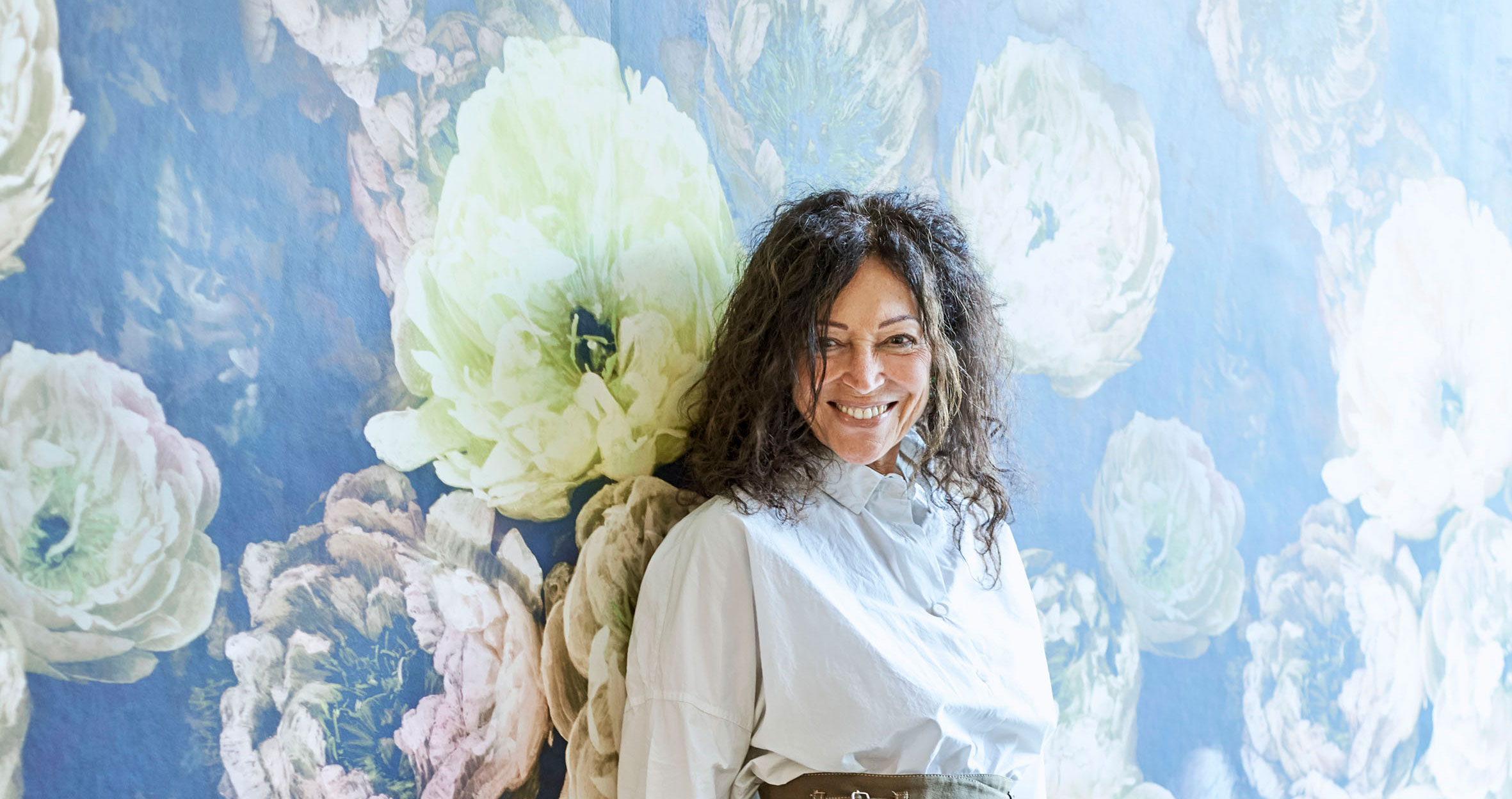
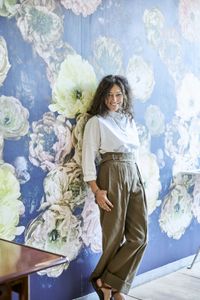
Decorating with pattern is one of the trickiest parts of a room's design – getting the balance of scales, textures and colors just right is vital for a beautifully finished space.
We asked Tricia Guild, one of the world's leading experts for her interior design tips around this very subject. This is what she had to say.
'At Designers Guild, we are all big fans of using pattern in our homes and outdoor spaces. Pattern and especially a mix of patterns, brings personality and style in a stroke and gives your spaces a character that plains just don’t.
'It is of course a deeply personal choice as to which patterns you love. Maybe you’re a floral sort of person or perhaps you prefer stripes and checks, geometrics or even shaded ombrés, or perhaps all of them together.
'Each pattern has its own character and consider this when using them – a damask has a more classical feel whereas a pictorial scene tells a story and adds a whimsical spirit to your space.
'There are no rules when using pattern – the most important thing is to love everything that you are using, However, there are some guidelines you may wish to follow if you are a little nervous and not sure where to start.'
1. Always use a mood board

'We always use mood boards – they’re an invaluable way of collating your ideas together. If they work in proportion on a mood board – they will work in your room.
'The trick is to make sure that you place them in the correct size to represent how they will be used in your room – for example a large sofa will have a large sample of fabric whereas a cushion is smaller – so make the sample smaller.
'Slowly you will be able to build up a picture of how the room looks and change and edit it so that you are happy on paper.'
You may find that using the color wheel will help you build a mood board with full confidence.

2. Consider a pattern's effect
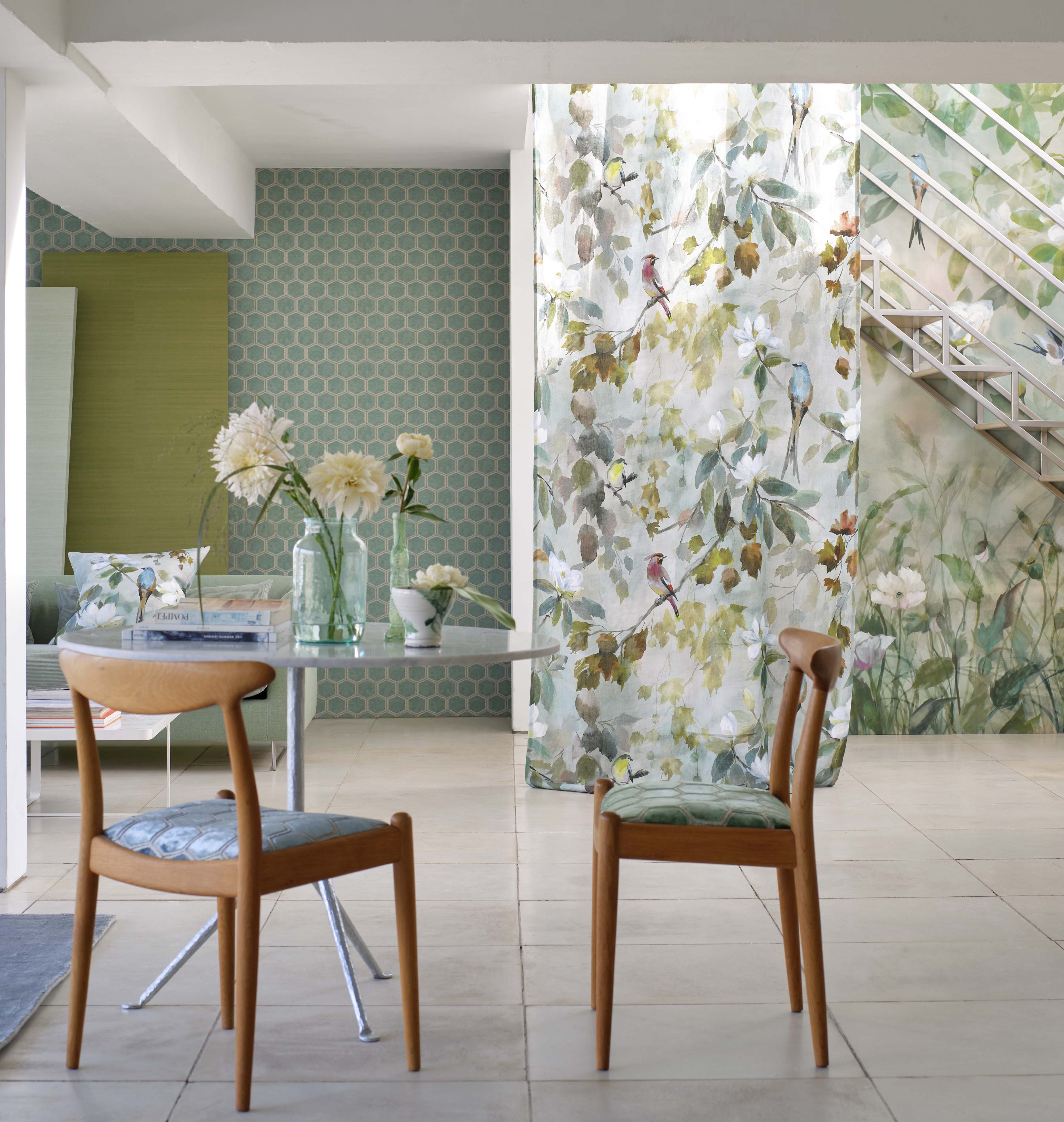
'Don’t forget the effect that patterns can have on each other too as that will make a difference to the atmosphere of a room – for example, a smart stripe or geometric used with a floral will add structure and rein in the prettiness and femininity whereas a checked linen will have a more homespun, relaxed feel; an elegant cut velvet will feel rich and luxurious whereas a decorative motif has a more timeless feeling.'
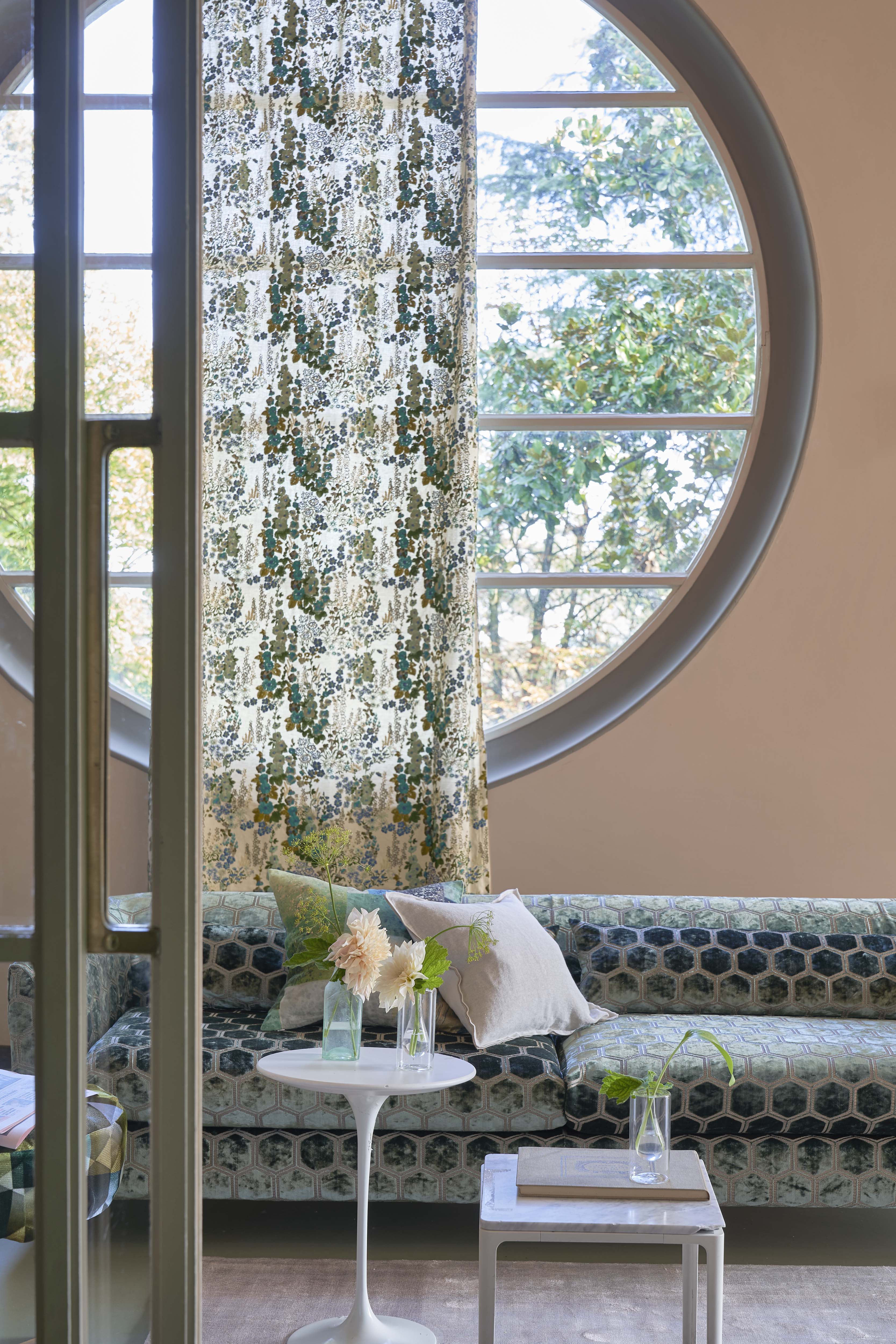
3. Limit your color palette in a pattern-filled room

'When using lots of patterns in one space together, keep your color palette tight for a harmonious feel and for a more dynamic feel – add in a contrasting color or use a different pattern as an accent.
'Ombré patterns are a wonderful way of introducing interest in a simpler way – use them with prints and other decorative weaves instead of a pure plain to add interest.'
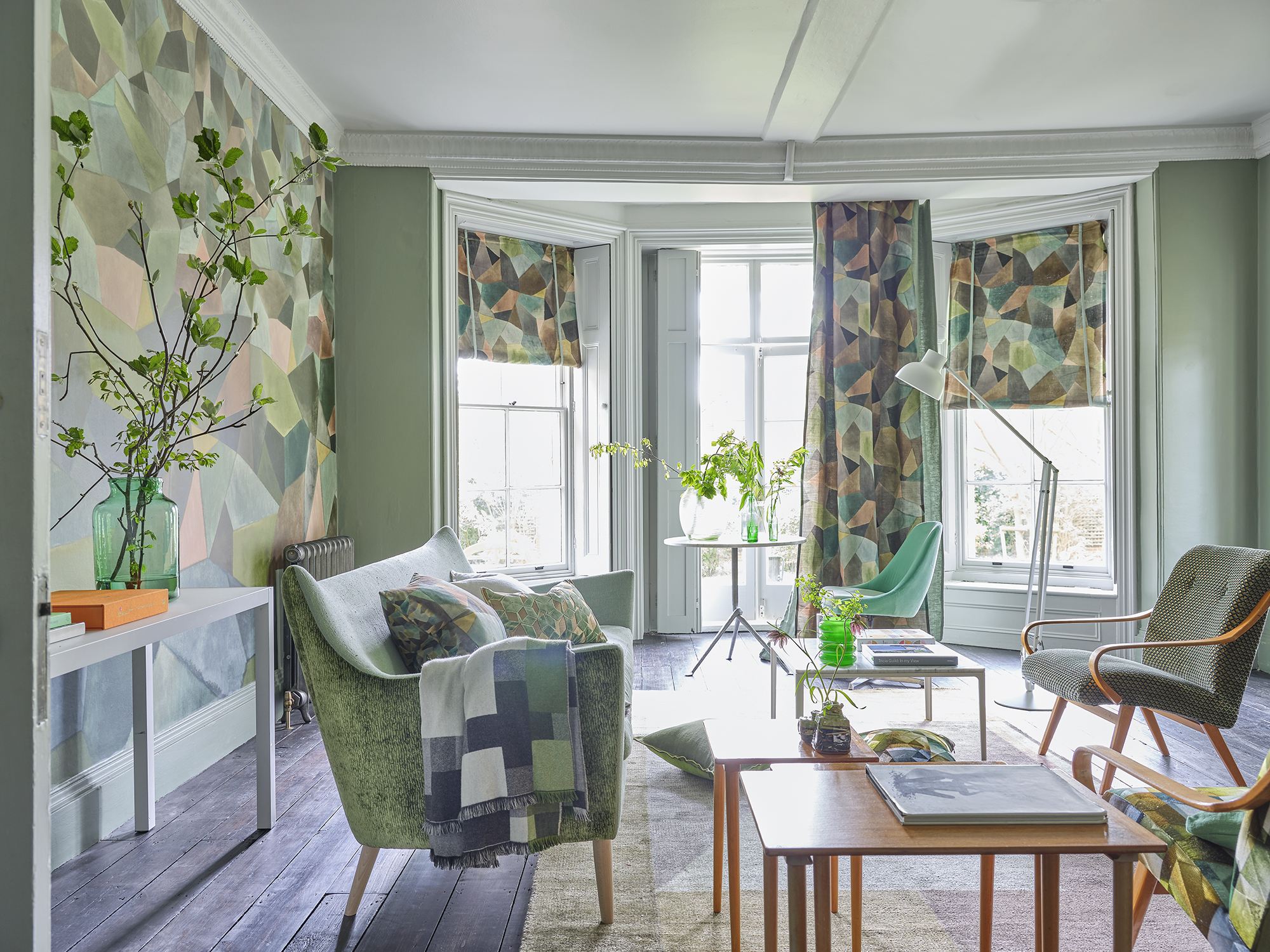
4. Create drama with large-scale patterns
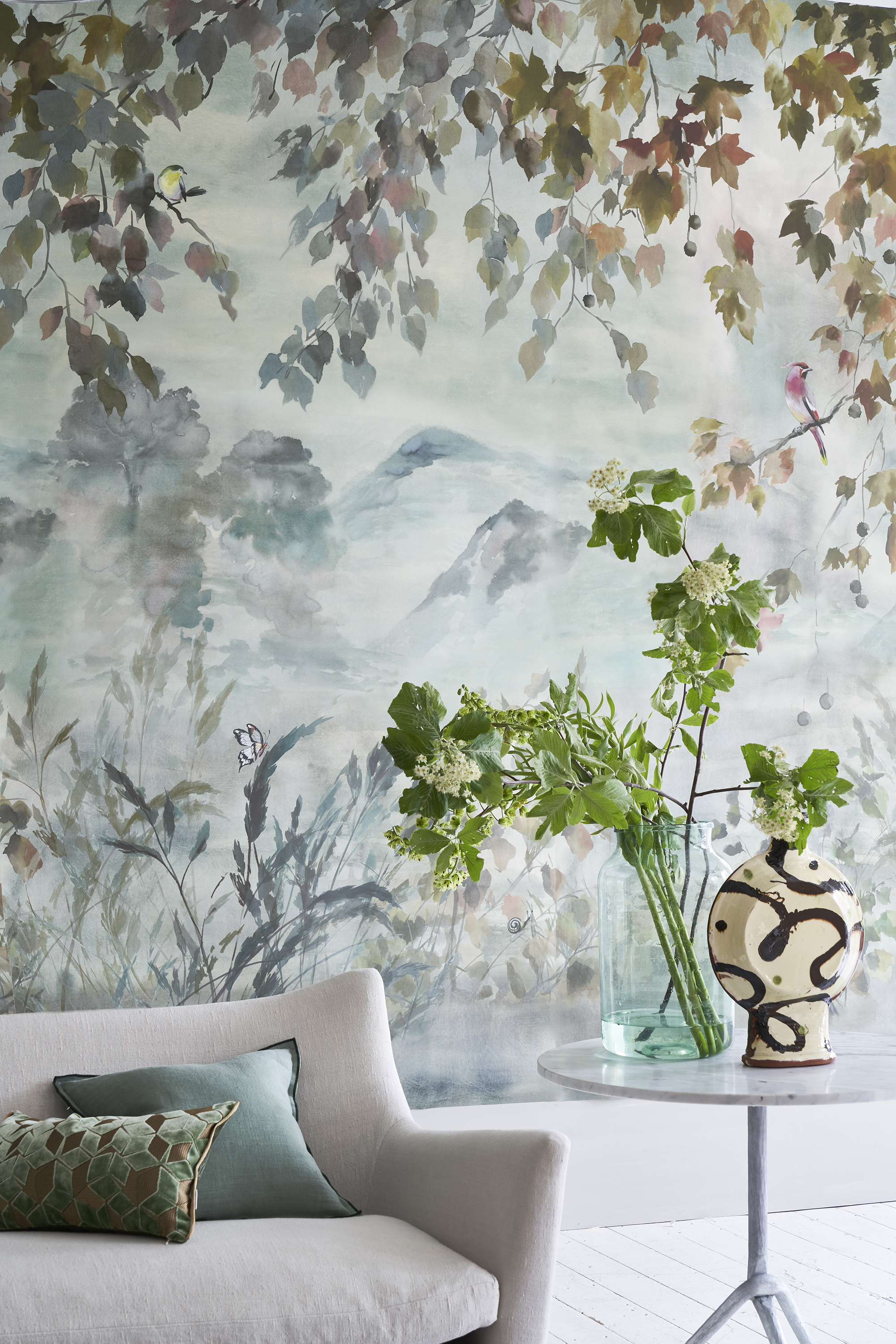
'There are no rules when it comes to scale in interior design – if you love a large-scale pattern but feel nervous of using it in a small room – go bold and use a strong accompanying pattern that will stand up to the scale and help it to work. Large scales can look fantastic in a smaller room and give it energy and life.'
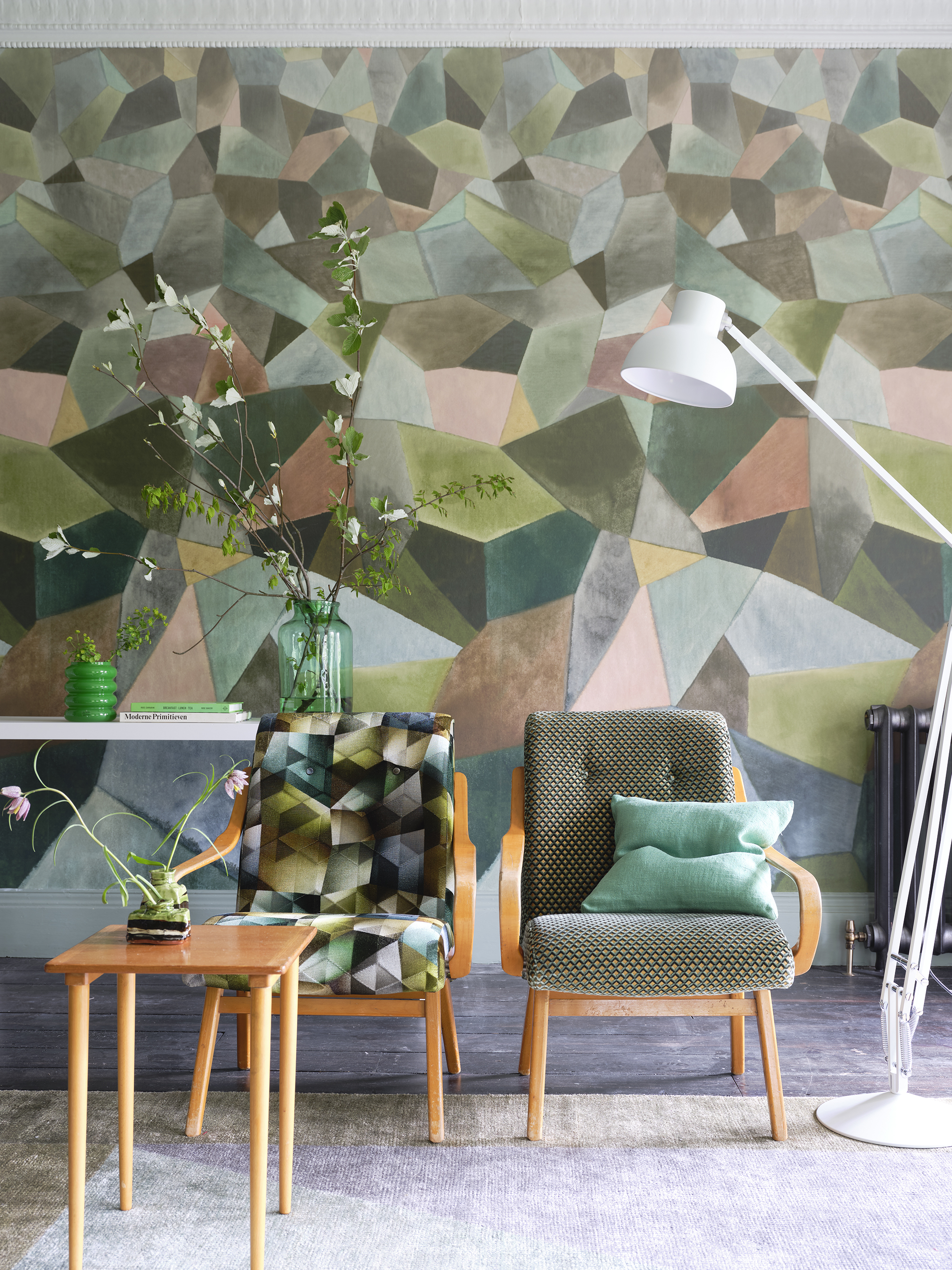
5. Combine small patterns for a relaxed feel

'A mix of smaller scale patterns together can have a relaxed and eclectic feel – keep your color palette to three or four different shades, ensuring one is a white or neutral.'
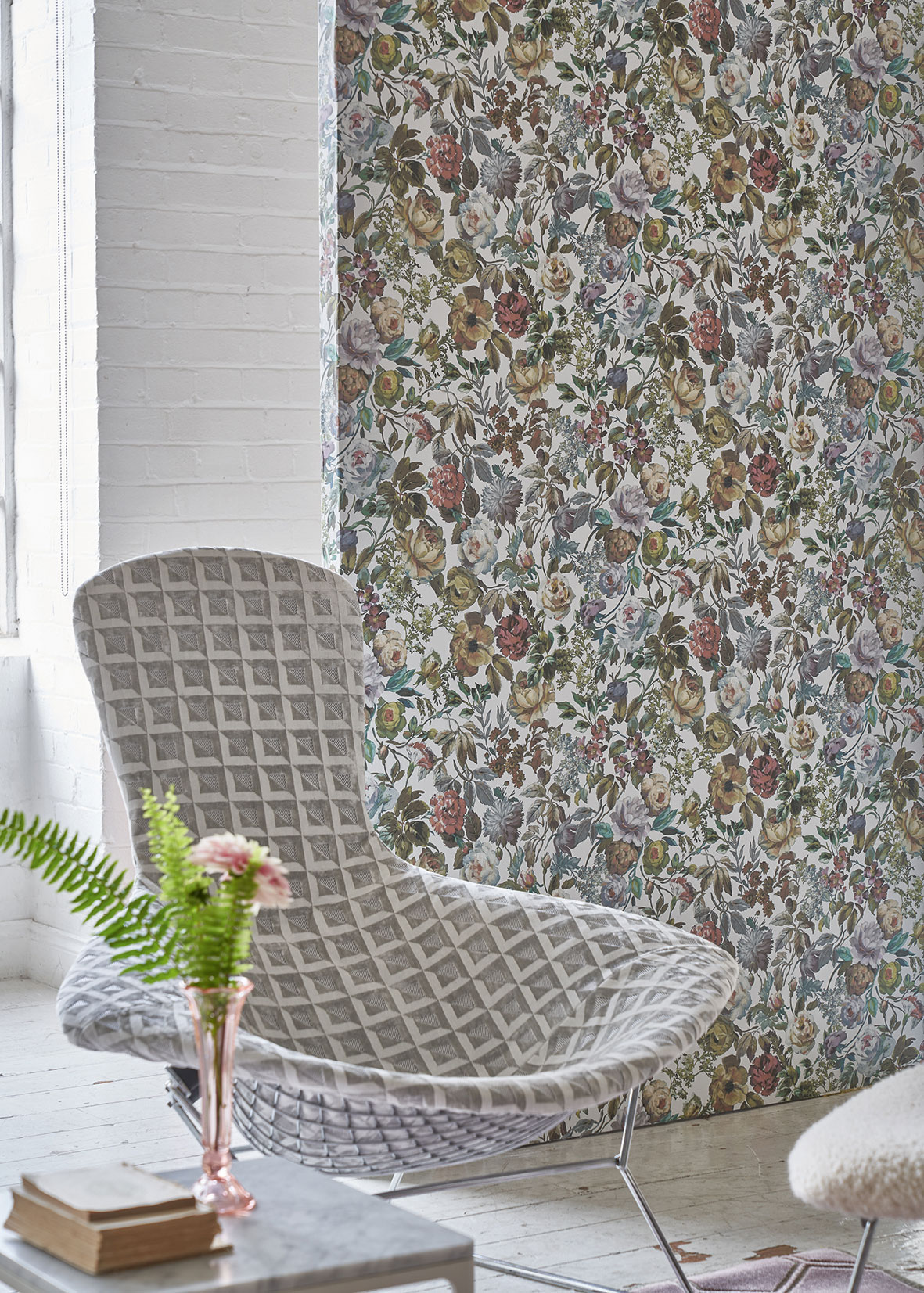
6. Consider the texture of each pattern
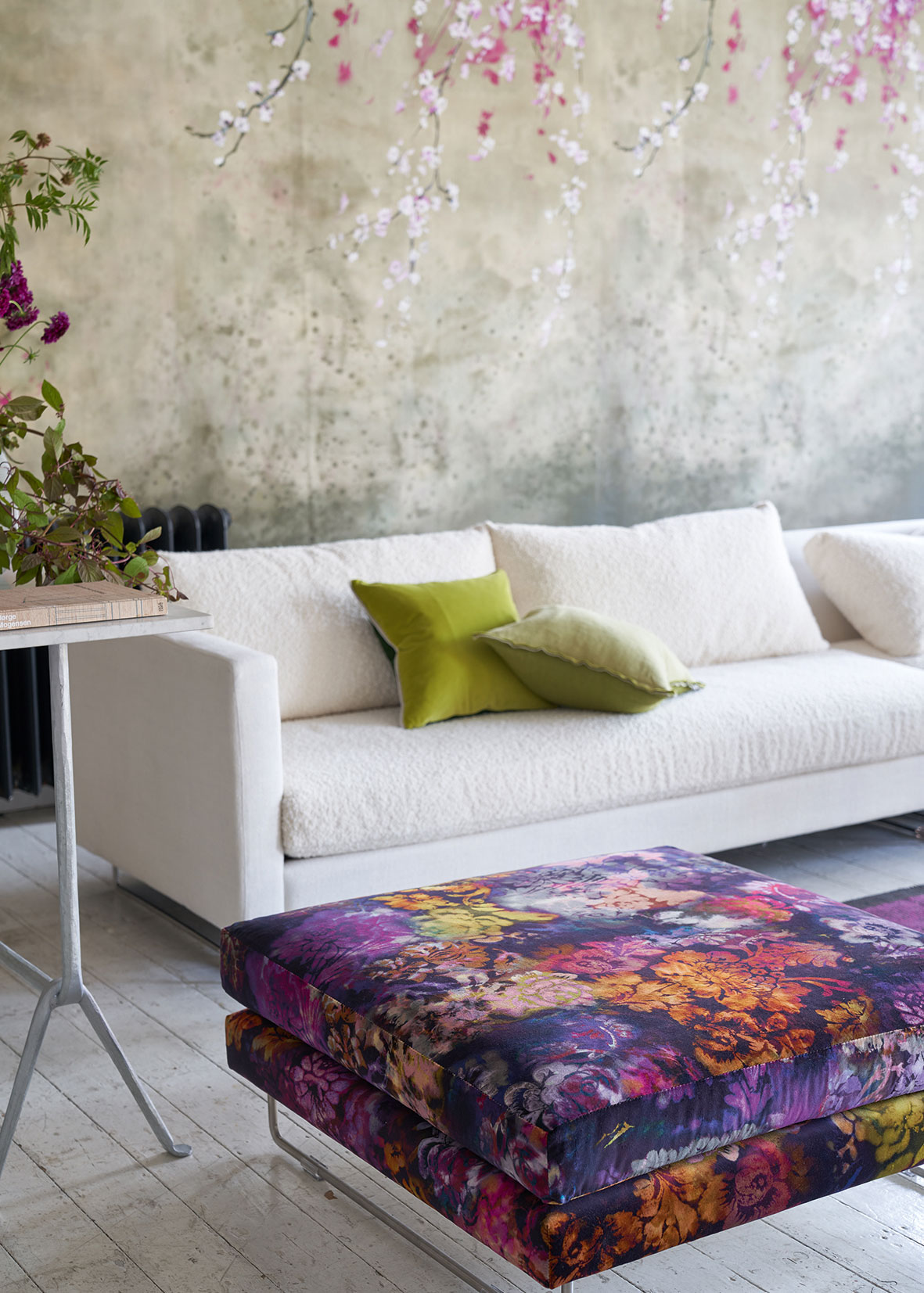
'It's lovely to have a contrast like wool, mixed with silk and velvet but texture will have a distinct affect of the pattern – a linen floral feels more classical whereas a printed velvet can appear more luxurious and glamorous.'
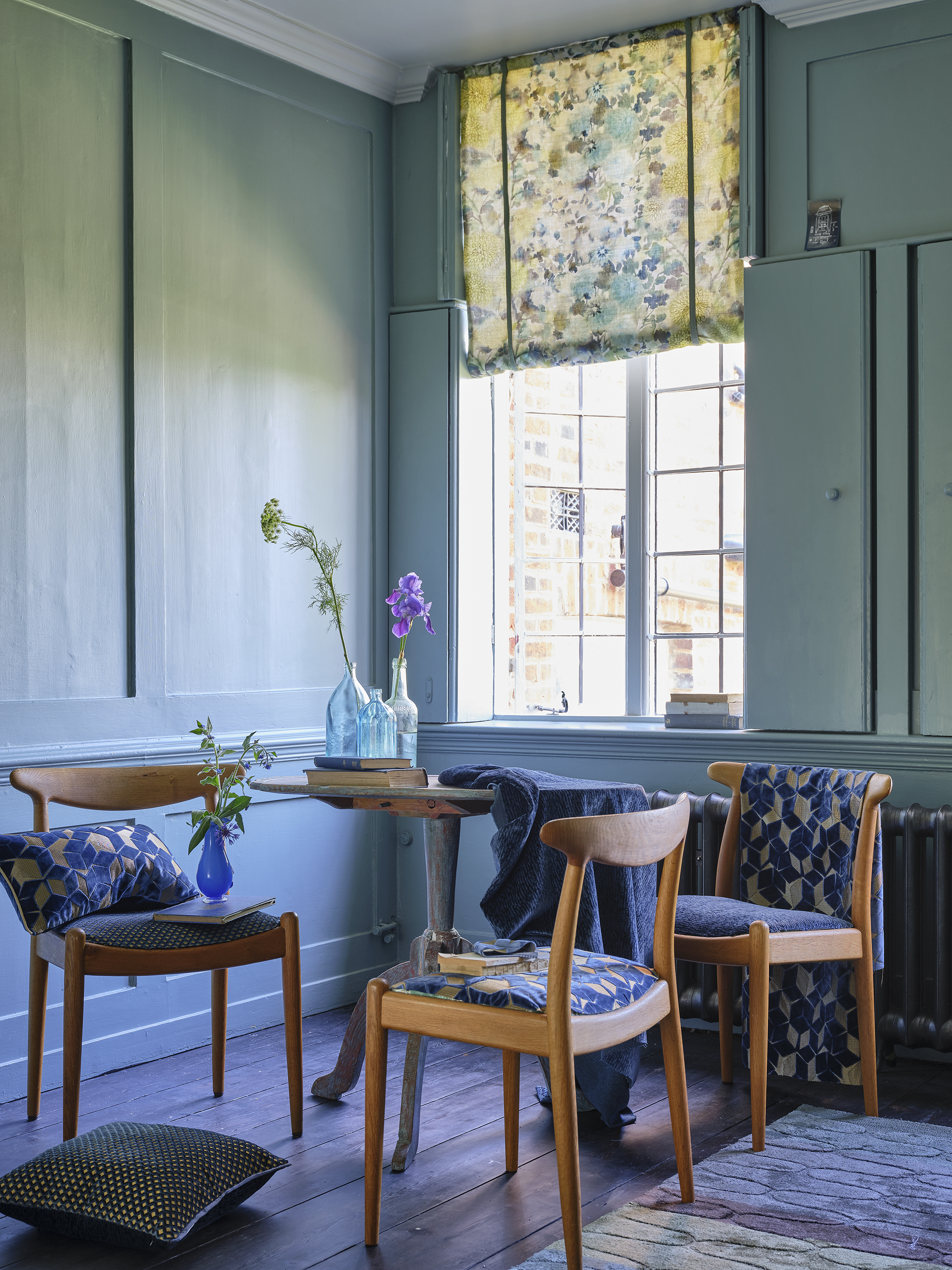
There will be more of Tricia Guild's interior design tips coming over the next few months, so that you can start to build a scheme with the help of her expertise.
Design expertise in your inbox – from inspiring decorating ideas and beautiful celebrity homes to practical gardening advice and shopping round-ups.
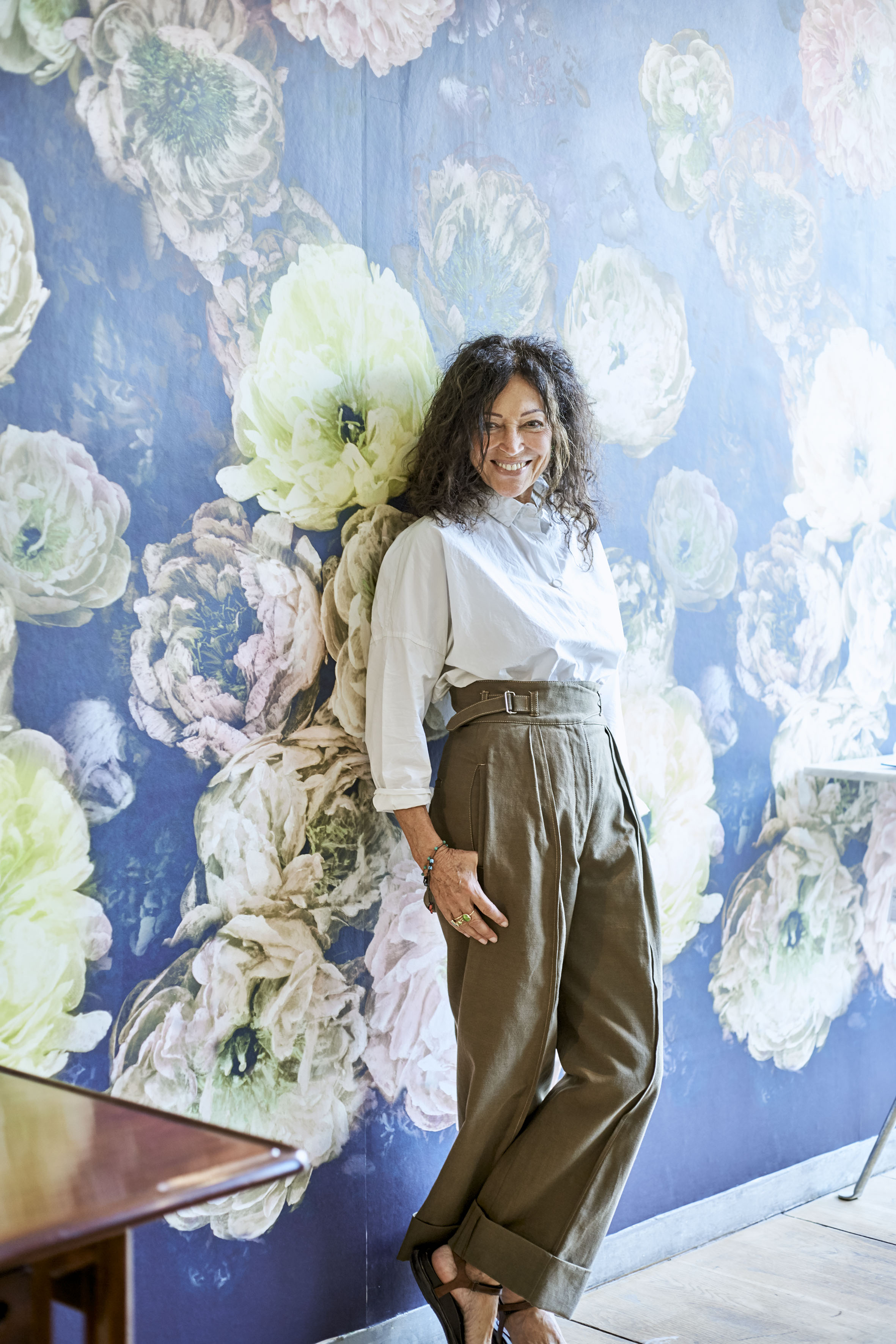
Tricia Guild OBE is the creative force of Designers Guild and has been at the forefront of interior design since starting the company in the early '70s. Internationally renowned for her passion for color, pattern and texture as well as her signature lifestyle brand and books, Tricia Guild has been setting the pace with her dynamic and innovative collections, instantly recognisable for her unique and contemporary style.